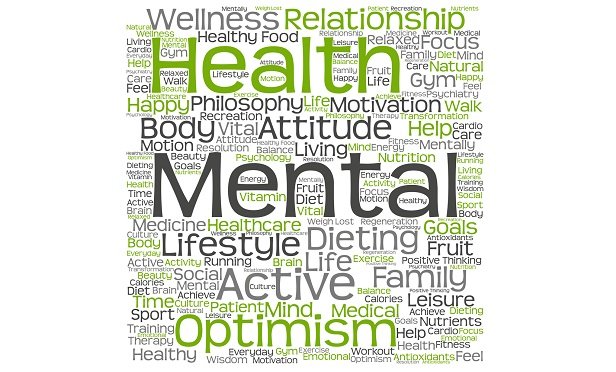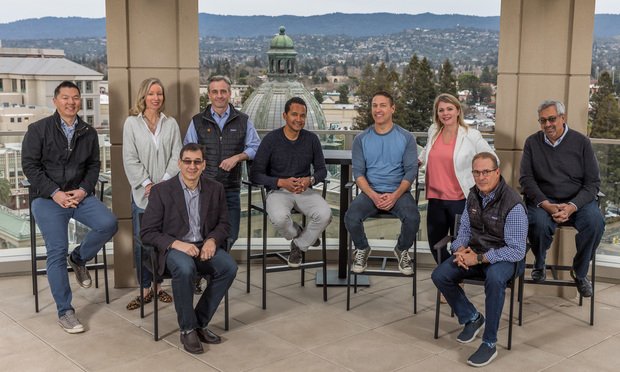Almost two years ago I speculated about whether a bad economy might lead to rising crime in 24-hour cities and lead to quality of life declines, possibly even a return to the scary bad old days of unsafe streets—mugging and murder mayhem. Aside from modest upticks in murder rates off rock bottom generational lows in some cities like New York and Washington DC, we’re a far cry from “Death Wish” and “Mean Streets” days. In the last year violent crime has even dipped in Chicago.
But how long can that last if the poverty rate continues to rise, states continue to shut down prisons to save costs, cities shave police forces to stanch red ink, and demographics propels a bulge in young adult echo boomer males, the most likely age cohort to commit violent crimes?
Intuitively, you would expect these forces and realities to take hold—just not yet. Or are policing techniques so improved that we don’t have to worry?
Some investors grow anxious about cities raising taxes and cutting services beyond policing like fire and sanitation. The prime places get even more expensive and can’t keep up with repairs of crumbling infrastructure. At some point taxes get so high without the cost benefit that people start moving out to the suburbs again.
But the suburbs have their own budget issues, including the need to increase property and sales taxes to maintain their quality of life too. The federal government no longer subsidizes road or sewage system costs the way it did in the past. Now repair and refurbishment falls squarely on the locals. The bills for school systems and town and county police departments also keep going up, up, up. And more poverty and crime shows up in suburbs today along with plenty of city like congestion. It’s not as if the suburbs offer the same kind of refuge that they did a generation ago.
And many once green field suburbs now look more urban—mid and even high rise apartments rise around some regional malls. Streetscapes take shape in and around more vertical nodes. Old town centers take on the aspect of mini-cities. Finding the old style suburban idyll requires paying up for vernal bastions in the densifying morass or moving further away from metro centers where commuting distances, inconvenience, and transport costs take a toll on wallets and psyches.
In addition, suburban public schools now present a varied mix of good, bad and indifferent. Once the raison d’etre for parents leaving urban environs, the school issue no longer looks so cut and dried. Cities make small gains with new approaches including breaking up large schools into smaller units, and allowing more charter schools. School taxes in the best suburban districts stretch many homeowner budgets, while lesser districts trend down in teacher quality and test score results as taxes nevertheless continue to escalate.
In short, it won’t be as easy to run away from big city problems as it used to be.
© Touchpoint Markets, All Rights Reserved. Request academic re-use from www.copyright.com. All other uses, submit a request to [email protected]. For more inforrmation visit Asset & Logo Licensing.







